8 Things You Need To Do To Have A Good Contact Rate

What is Contact Rate?
Contact rate is the measurement of the number of conversions obtained from the leads generated. Put simply, it is the number of people that answered the phone divided by the number of people you called.
Why Should You Care About Contact Rate?
Measuring your contact rate provides your business with powerful data and insights that can help improve it. Understanding how to interpret and act upon data gathered is a valuable tool any business can benefit from.
Many sales agents understand the struggle and frustration of making a call and hearing “Sorry, we just bought from [insert competitor].” Why weren’t you the one who got their business? If this is a common scenario you’re facing, it’s time to improve your contact rate.
How to Improve Your Contact Rate in 8 Easy Steps
One of the most important metrics in the digital field is contact rate since it helps determine if campaigns and sales techniques are effective. We’ve highlighted several steps you can take to ensure a good contact rate.
1. Call Fast
In the world of sales, if you’re not first, you’re last.
Contact rate is directly correlated to how fast you call. Don’t believe us? According to a study, 78 percent of new business goes to the first responder. Thus, speed is vital to your success. Because leads will often pick the supplier that calls them first, they’re also more receptive to the information and tone conveyed on the call. At this point, you can help frame the buying process and the expectations of what will follow. In addition, you can highlight your company's strengths. In turn, this can build customer trust and reliability.
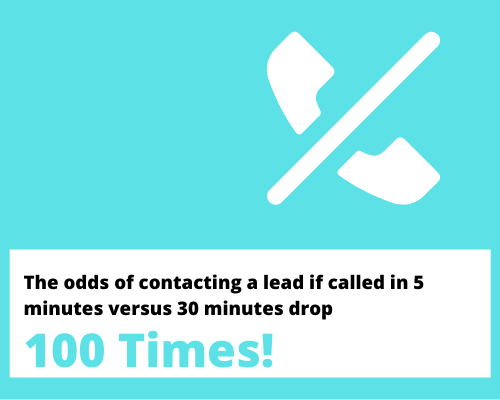
Speed to Lead
We recommend calling 5 minutes or less. The longer time passes, the less likely you are to reach the lead.
2. Call at the Right Time
Determining when to call prospects is not an easy task. Especially when you can't seem to reach them. That’s why we’ve done some of the hard work for you. We recommend you always call as soon as possible, but if your calls are going to voicemail after 6 attempts, you can try these ideal times and days to call.
In terms of the ideal day to call, Wednesday and Thursday remain prime days to call prospects. Why? People are usually gearing up for the weekend and are mentally clocked out on Friday, and Mondays and Tuesdays are for planning the week and getting into the swing of things. Leaving Wednesday and Thursday as main work and focus days, making your call more valuable.
The best time to call a prospect is between 10 am and 11 am. You’re trying to catch them before their day gets busy and overwhelming, but after they’ve had time to settle in. In addition, this is usually the time many are wrapping up tasks to take a lunch break, making this partly a slow part of the day and making them more willing to be on a sales call.
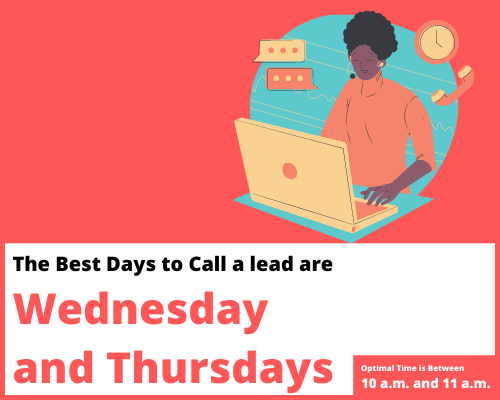
3. Choose the Right Phone Number
Depending on whether you are conducting a local or national campaign, you need different outbound dialing numbers.
Local Phone Number
Most people automatically think of an unwanted sales call when the phone rings and they see a toll-free number. Or they wonder why they’re getting another call about their car’s extended warranty. The point is, it’s not a tempting option. Local phone numbers tend to have a higher response and conversion rate than national numbers.
- Local campaigns could improve response rates if they use local phone numbers.
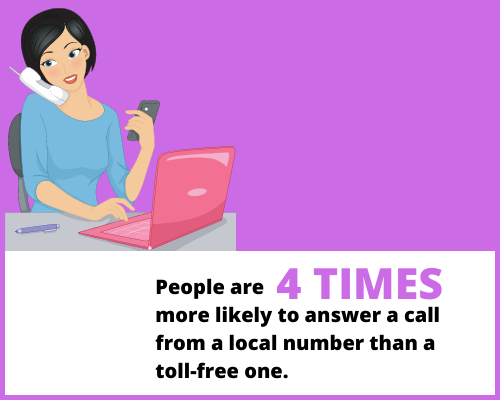

Toll-Free Phone Numbers
Alternatively, toll-free numbers can improve credibility and enable easier call tracking for national campaigns. With a toll-free number, you can analyze your incoming calls, provide reliable customer service, and enhance your marketing efforts. In addition, you can use a vanity number which is an effective marketing tool for many successful businesses. For example, 1-800-MARKETING.
- Toll-free numbers should be used for nationwide campaigns.
4. Check Mobile Activity
With mobile numbers, you can check if phone numbers are active or inactive. Inactive numbers slow down the campaign considerably. Thus checking for active and inactive mobile numbers can improve contact rates. Additionally, you can find out whether a mobile phone number has been reassigned to another user. This helps you remove them from the list and focus on valuable mobile activity.
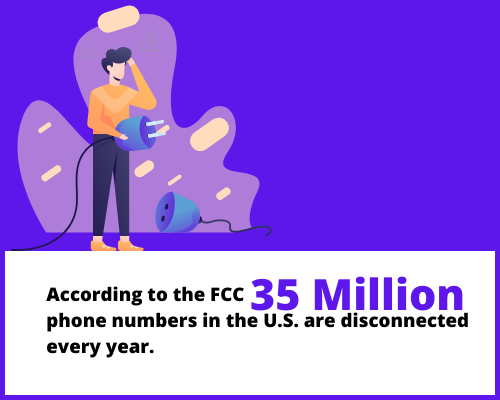
5. Use Lead Scoring
Using lead scoring, sales agents can prioritize the best leads based on factors such as location, income, and more. You can use these measurements to figure out which customers are more likely to answer the phone, buy your product, or sign up for your service.
In addition, by using lead scoring, you can determine whether prospects should be fast-tracked to sales or nurtured. A higher contact rate can be achieved by ranking leads based on their sales readiness.
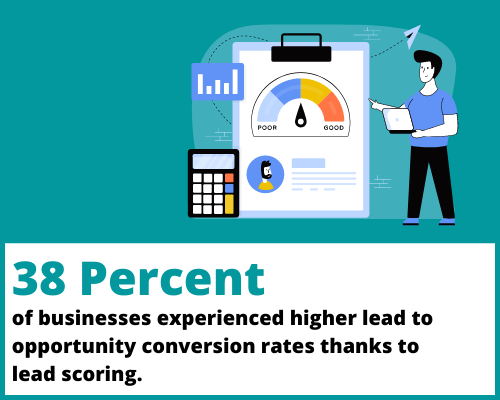
6. Leave a Voicemail
If you’re not able to reach the lead, you must leave a voicemail to ensure a good contact rate. Your voicemail should be short and sweet to gain their attention. It should let the customer know why your product or service is valuable to them. Statistics show the average response rate for B2B voicemails is less than 5 percent, but the goal isn’t always to receive a callback, but instead to make your company known to the prospect and increase their likelihood of answering your next call, email, or visiting your website.
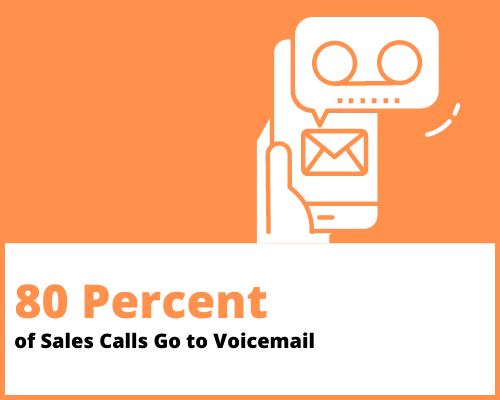
7. Measure Your Progress
To increase your contact rate, it’s crucial to measure your progress on multiple channels. You may have a high contact rate via email, but low on phone calls. Measuring across all contact channels can help you enhance your strategy to increase your contact rate.
Creating a contact rate plan is only the beginning. Measuring progress and remaining attentive to data and metrics is the key to your success.
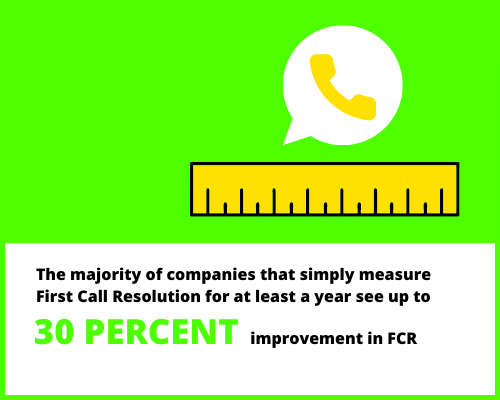
8. Implement a Mystery Shop Program
360Connect’s Mystery Shop 2.0 program helps business leaders and salespeople gain valuable contact rate metrics. This includes being able to view data like “speed to lead” on their 360Connect lead program account. Providing complete visibility and accountability of your sales process.
With the program, you gain an extra set of eyes that are dedicated to ensuring your company's success. You may not like the data you receive, but it’s the data you need to help improve your contact rate.
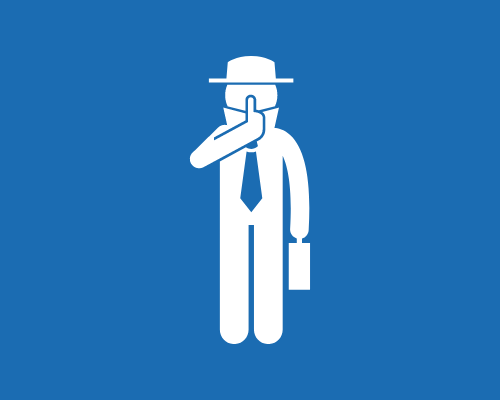
Interested? Fill Out Your Information to Learn More.
How is Contact Rate Calculated?
To determine the contact rate, divide the number of leads that answered the call by the total number of leads on the prospect list.
For example, let’s say a sales team has a list of 8 leads. Out of those 8 leads, 3 people answered the call.
3 answered calls DIVIDED by 8 leads = a contact rate of 37.5%
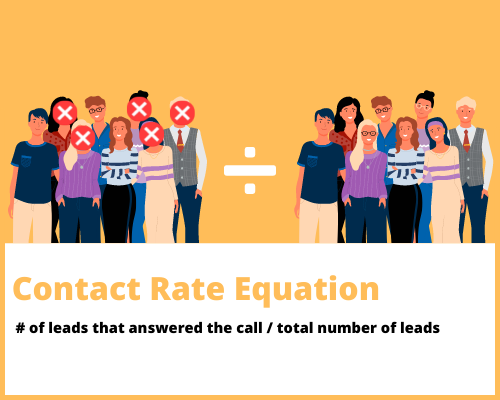

Measuring Contact Rate KPIs
The best way to measure the success of a business is by analyzing its performance using key performance indicators. KPIs are performance measurements that measure a company's progress towards its goals.
Top 3 KPIs to measure for Contact Rate:
- Average Time it Takes to Answer
- Typical Abandonment Rate
- First Call Resolution (FCR)
Click HERE to learn more about the 4 KPIs that can help optimize and maximize your contact rate.
Final Thoughts
We don't mean to be dramatic, but having a good contact rate is vital to the success of your business. Not getting on the call fast enough could be the difference between making or breaking your sales goal. By following the 8 steps we provided you can improve your contact rate and accelerate your company's growth.
